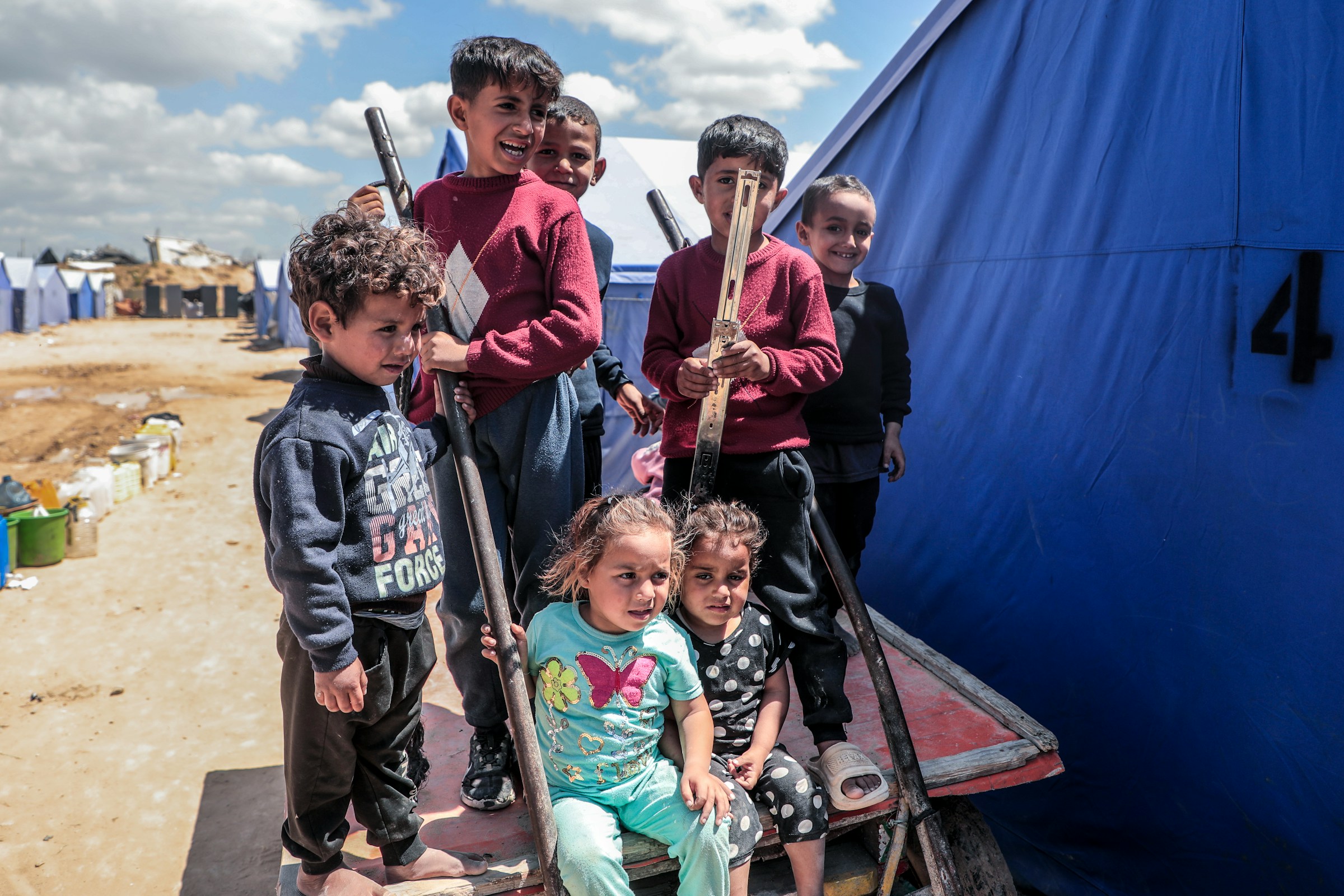The assertion that a Gaza-based humanitarian foundation can “feed starving Gazans” arrives against a backdrop of geopolitical volatility, donor fatigue, and macro-financial constraint. It is not merely a humanitarian statement—it is an institutional stress test.
The Gaza Strip is under siege economically, logistically, and diplomatically. Yet amid this, the claim that private or quasi-state actors can scale food security solutions raises a broader macroeconomic implication: that traditional capital allocators—from sovereign wealth funds (SWFs) to multilateral agencies—are no longer guaranteed conduits for stabilizing fragile zones. Instead, operational nonprofits are expected to serve as intermediaries of capital, even when their liquidity and compliance posture remain thin.
In this context, “capacity to feed” does not mean surplus. It means constraint under pressure. Capacity is stretched not just by need, but by volatility in cross-border fund flows, regulatory bottlenecks, and unreliable logistical corridors. Aid is not merely delayed—it is structurally destabilized by misaligned incentives and fiscal stopgaps. The shock is not that aid is needed, but that institutional infrastructure is being asked to function under disconnected capital logic. That, in macro terms, is fragility.
The real exposure is not only the population in crisis. It’s the institutional framework being tested for credibility and scalability. Aid infrastructure in Gaza is increasingly collateralized by donor preference, not need-based prioritization. This exposes three classes of actors to reallocation risk:
First, Gulf-based donors, particularly those using proxy foundations or state-adjacent vehicles to route aid, are exposed to reputational risk if funding flows trigger regulatory scrutiny in Western financial systems. The visibility of Gaza-bound transactions can trigger SWIFT flagging or treasury compliance pauses.
Second, Western democracies with strong diaspora or parliamentary pressure to support Gaza now face domestic political risks in allocating unvetted humanitarian aid. Legislative bodies in the US and EU increasingly demand granularity of recipient tracking—something most Gaza-based foundations cannot technically or legally fulfill.
Third, multilateral institutions like the World Bank or UN OCHA are exposed to the erosion of programmatic coherence. Fragmented delivery channels—where NGOs and foundations duplicate effort—result in inefficient capital usage and donor fatigue. Gaza becomes not a fiscal black hole but a signaling vacuum: no clarity on what aid does, sustains, or bypasses.
In financial terms, Gaza humanitarian funding is hitting a constraint window. US-based foundations are subject to OFAC filters, which prevent any material link to designated entities. EU funders face AML (anti–money laundering) compliance checks that stall transfers through Lebanon, Jordan, or Egypt-based partners if bank de-risking flags Gazan ties.
Liquidity, therefore, becomes a compliance filter. What gets released is not a function of need, but of documentation. As of 2024, most Gaza-based NGOs are unbanked in global settlement systems. The only route that scales is via tightly monitored humanitarian corridors—an operational constraint that shrinks fiscal elasticity.
There is also a secondary constraint: donor earmarking. Foundations claiming capacity to feed populations in Gaza are often subject to funding that must be spent within specific time windows or conditions. These micro-constraints force misaligned purchasing cycles (e.g., buying perishable goods without confirmed transit lanes), leading to wastage and failed execution.
No sovereign fund has stepped in to absorb these inefficiencies. Instead, the burden of financial rebalancing is pushed down to fragile actors with weak fiscal buffers.
Capital that previously entered Gaza directly through budgetary aid, construction projects, or cash subsidies is now pivoting away. The new direction of capital flow is symbolic and systemic.
Gulf donors are quietly shifting to Egypt-based buffer infrastructure—logistics nodes, medical camps, and refugee-safe zones—where visibility and execution are more tightly managed. This is not retreat, but reframing: Gaza relief through Egypt allows Gulf states to maintain political solidarity without exposure to downstream regulatory or reputational blowback.
Western states, meanwhile, are allocating via multilateral entities, but with stiffer conditionality. The World Food Programme and UNICEF may receive headline-level allocations, but funds are restricted to in-kind transfers rather than fungible cash. Even the act of funding becomes about control, not trust.
Southeast Asia, particularly Malaysia and Indonesia, once strong supporters of Gaza relief, are now functionally constrained. Ringgit and rupiah disbursements must be converted into US dollars for logistics sourcing—an FX translation that subjects regional donors to currency risk and dollar liquidity friction. The result: commitment without clear disbursement paths.
Across the system, capital is not fleeing Gaza—it is hedging against Gaza’s financial opacity. In institutional terms, Gaza has become an environment of capital caution, not capital abandonment.
The Gaza Humanitarian Foundation’s stated ability to feed the starving is not a signal of strength. It is a signal of structural strain. What this posture reveals is not just institutional goodwill—it reflects a global aid architecture that is offloading its fiscal burden onto lightly governed intermediaries. This dynamic holds three long-term implications.
First, sovereign capital is becoming more conditional—not just in terms of what is given, but in how traceable it must be. Gaza is now a test case for capital traceability frameworks, not just food relief.
Second, humanitarian action is being recast as financial posture. The act of giving is no longer just ethical—it is a reputational hedge, a regional alignment move, or a domestic political calibration.
Third, the Gaza aid economy is unlikely to attract structural capital until the compliance pipeline becomes derisked at the institutional level. That means better auditability, payment infrastructure, and capital governance—not just more donor pledges.
This is not just a story of humanitarian ambition. It is a recalibration of institutional finance under geopolitical duress. Gaza is no longer just a fiscal ask. It is a capital strategy dilemma. And that, for sovereign allocators and institutional donors, is the real constraint that cannot be bypassed by intention alone.







-3.jpeg&w=3840&q=75)



.jpg&w=3840&q=75)


